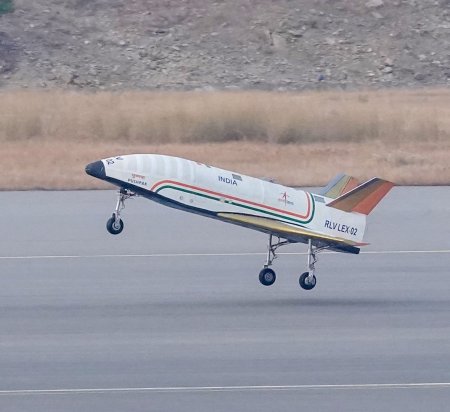Russians launch three astronauts to ISS
The Russians today successfully launched three astronauts to ISS, its Soyuz-2 rocket lifting off from Baikonur in Kazakhstan.
The Soyuz is scheduled to dock with ISS on March 25, 2024. The Russian and Belarus astronauts will stay on board ISS for about two weeks, returning to Earth on an Soyuz-2 capsule that is presently docked to ISS, taking with them an American who has just completed six months in space. The American on today’s launch will now start her own six month mission, and will return in September with two Russian astronauts who are presently on a year long mission, one of whom will likely set a new duration record for a woman.
The leaders in the 2024 launch race:
28 SpaceX
12 China
4 Rocket Lab
4 Russia
American private enterprise still leads the rest of the world combined in successful launches 33 to 22, while SpaceX remains ahead of the entire world, including American companies, 28 to 27.
The Russians today successfully launched three astronauts to ISS, its Soyuz-2 rocket lifting off from Baikonur in Kazakhstan.
The Soyuz is scheduled to dock with ISS on March 25, 2024. The Russian and Belarus astronauts will stay on board ISS for about two weeks, returning to Earth on an Soyuz-2 capsule that is presently docked to ISS, taking with them an American who has just completed six months in space. The American on today’s launch will now start her own six month mission, and will return in September with two Russian astronauts who are presently on a year long mission, one of whom will likely set a new duration record for a woman.
The leaders in the 2024 launch race:
28 SpaceX
12 China
4 Rocket Lab
4 Russia
American private enterprise still leads the rest of the world combined in successful launches 33 to 22, while SpaceX remains ahead of the entire world, including American companies, 28 to 27.












